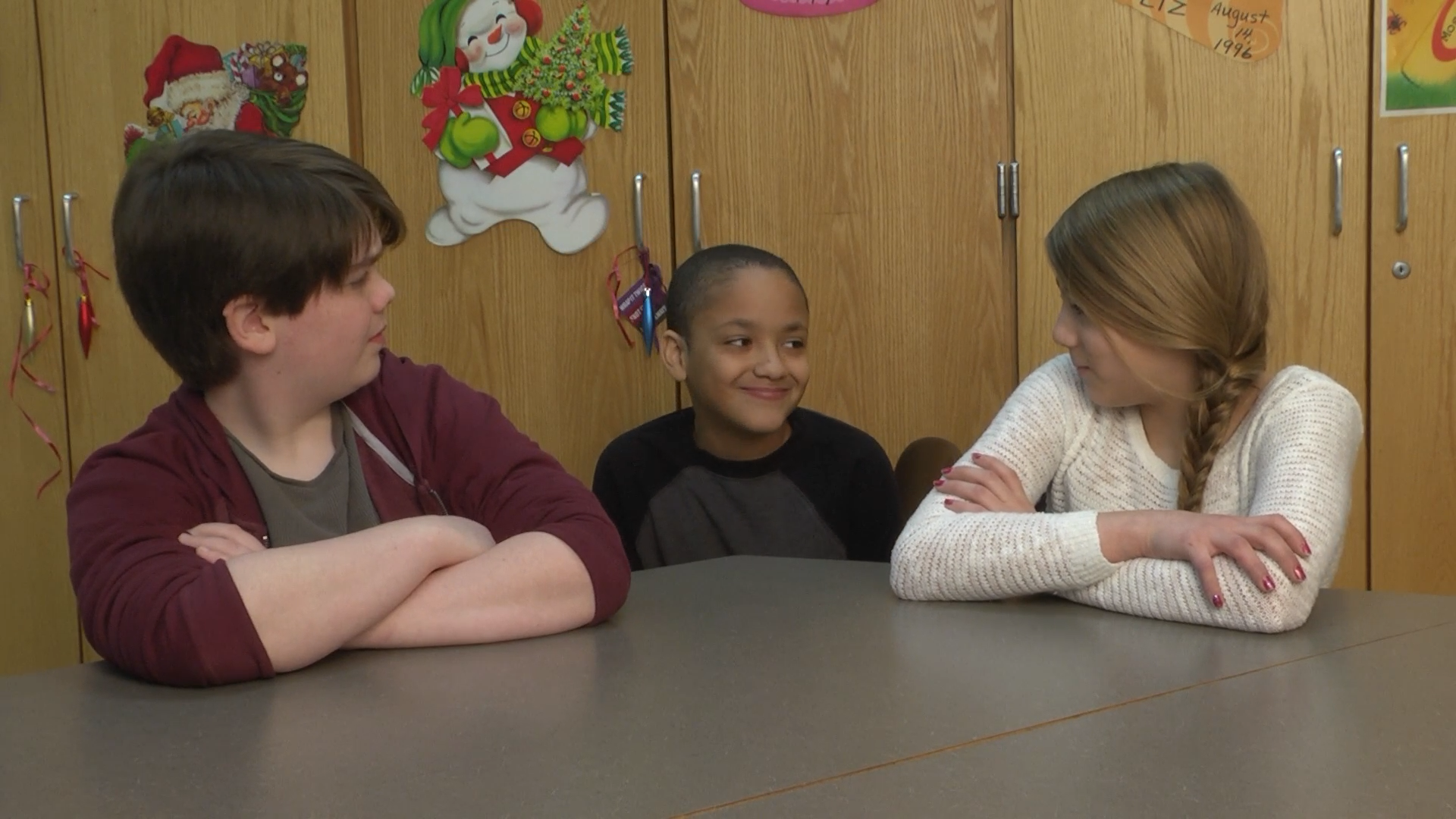
Joining a group can be a challenging task for young children, especially when they are still developing their social skills. In this blog post, we will explore a no-prep activity that educators can use to teach Kindergarten students how to join a group without disrupting the ongoing conversation. We will also discuss related skills and provide discussion questions to stimulate further learning.
Introduction
When children want to join a group of friends, it is essential for them to learn how to do so without interrupting or causing discomfort. This skill involves observing the group, understanding the context of the conversation, and finding the right moment to join. By practicing these skills, students will develop better social-emotional understanding and become more adept at navigating social situations.
No-Prep Activity: The Observant Joiner
This activity requires no preparation or materials and can be easily implemented in the classroom. The goal is to help students understand the importance of observing and waiting for an appropriate moment to join a group conversation.
- Divide the students into small groups of 3-4 members.
- Assign one student in each group to be the “observer” and the rest to be the “group members.”
- Ask the group members to engage in a conversation about a predetermined topic, such as their favorite animals or weekend plans.
- Instruct the observer to watch the group from a distance and try to determine the right moment to join the conversation.
- Once the observer feels it is an appropriate time to join, they should approach the group and ask if they can join the conversation.
- After the activity, have a class discussion about how the observers felt when trying to join the group and the strategies they used to determine the right moment.
Discussion Questions
- How did you feel when you were observing the group? Were you nervous or confident about joining the conversation?
- What strategies did you use to determine when it was an appropriate time to join the group?
- How did the group members react when you joined the conversation? Did they welcome you or seem uncomfortable?
- Why is it important to observe a group before joining their conversation?
- What other social situations might require you to observe and wait before joining in?
Related Skills
Teaching students how to join a group without disrupting is just one aspect of social-emotional learning. Other related skills that can be beneficial for young learners include:
- Active listening: Encouraging students to pay attention and respond appropriately to others during a conversation.
- Empathy: Helping students understand and share the feelings of others, fostering a sense of connection and compassion.
- Respect for personal space: Teaching students to be aware of and respect the personal space of others.
- Conflict resolution: Guiding students on how to handle conflicts and disagreements in a constructive manner.
Next Steps
If you found this activity and discussion helpful, we encourage you to explore more resources that focus on social-emotional learning for Kindergarten students. To access free sample materials, including activities and lessons on a variety of skills, visit Everyday Speech’s sample materials page and sign up today!









